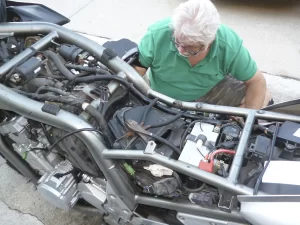Crashes involving motorcycles are unique due to the manner in which they respond to different roadway hazards. Motorcycle inspection and testing may be a necessary component of a motorcycle crash analysis. Dr. John Lloyd has extensive expertise in motorcycle inspection and testing.
Exemplar motorcycles are typically rented and outfitted with instrumentation to measure acceleration, braking efficiency, lean angle, as well as GPS tracking and multiple GoPro cameras. Dr. Lloyd will ride through the crash scene on the instrumented motorcycle to document the rider’s view along with the motorcycle handling characteristics. A drone may also be used to capture an aerial view. This information has proven to be invaluable in the analysis of motorcycle crash cases.




One particular motorcycle crash case involved loss of control due to a pothole in the road. The motorcycle fell on the rider, resulting in near amputation of his right foot. A thorough description of Dr. Lloyd’s comprehensive motorcycle inspection and testing in that case can be found here.
Unfortunately, many motorists do not recognize motorcycles on the road, resulting in the number one cause of motorcycle crashes.
The image alongside depicts a near-collision in which a driver made a sudden and unexpected left turn across the path of a motorcycle that was being tested by Dr. Lloyd. Appropriate braking operation by the rider and braking performance by the motorcycle is required to avoid collision.
Motorcycle accident analysis often requires a teardown and careful inspection of the bike to investigate for possible contributing factors. Dr. Lloyd has decades of experience with motorcycle mechanics. A thorough evaluation includes inspection of tires, brakes, suspension setup, electrical components as well as any aftermarket parts. Inspections are best performed at Dr. Lloyd’s laboratory, but can also be conducted in the field.
The following image is from an inspection of the front brake system on a Suzuki GSXR, which was the subject of a manufacturer recall
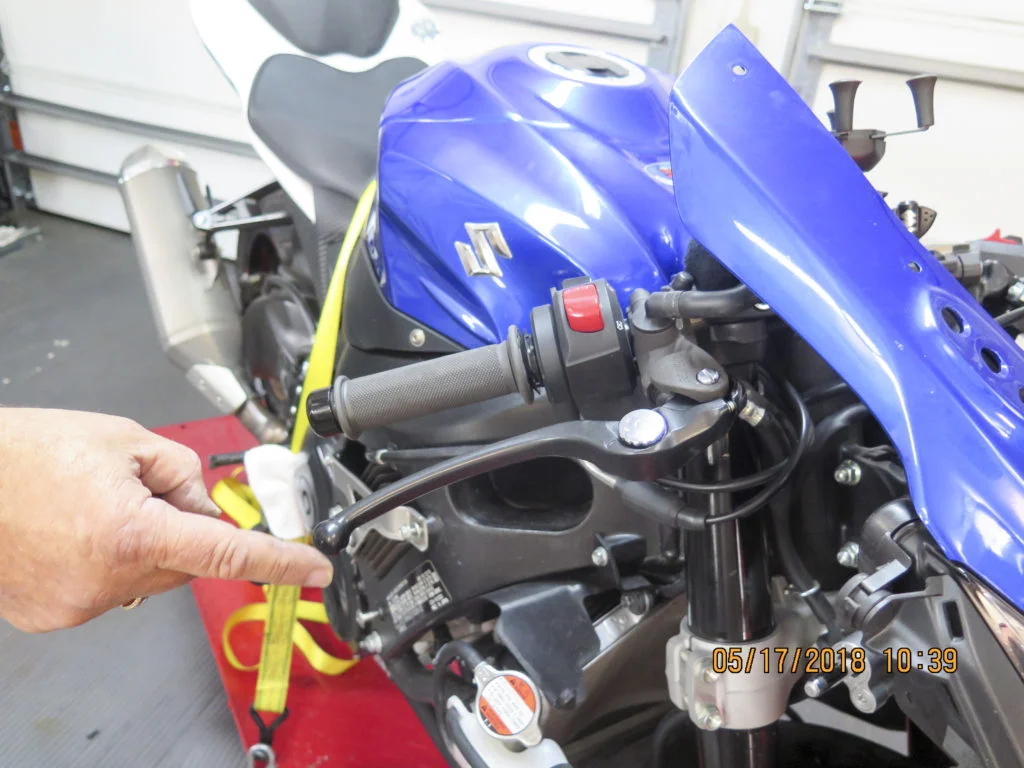
In a nighttime collision involving a scooter, it was claimed by the driver of a left turning vehicle that the scooter headlights were not operational. A thorough inspection of the electrical system was required by a motorcycle inspection expert:
Dr. Lloyd has also participated in motorcycle build-off competitions and won a trophy for his custom Kawasaki Vulcan motorcycle.
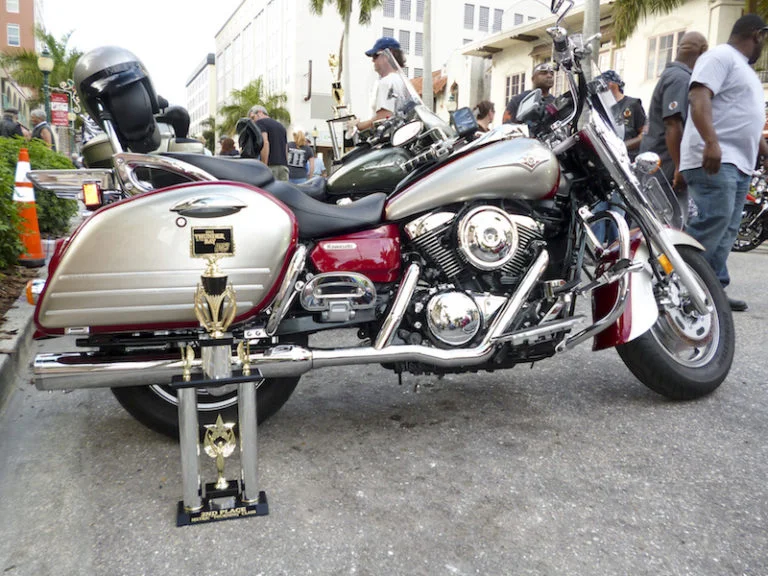
Please call Dr. Lloyd at 813-624-8986 or email DrJohnLloyd@Tampabay.RR.com to discuss how he can be of help to you with your case.

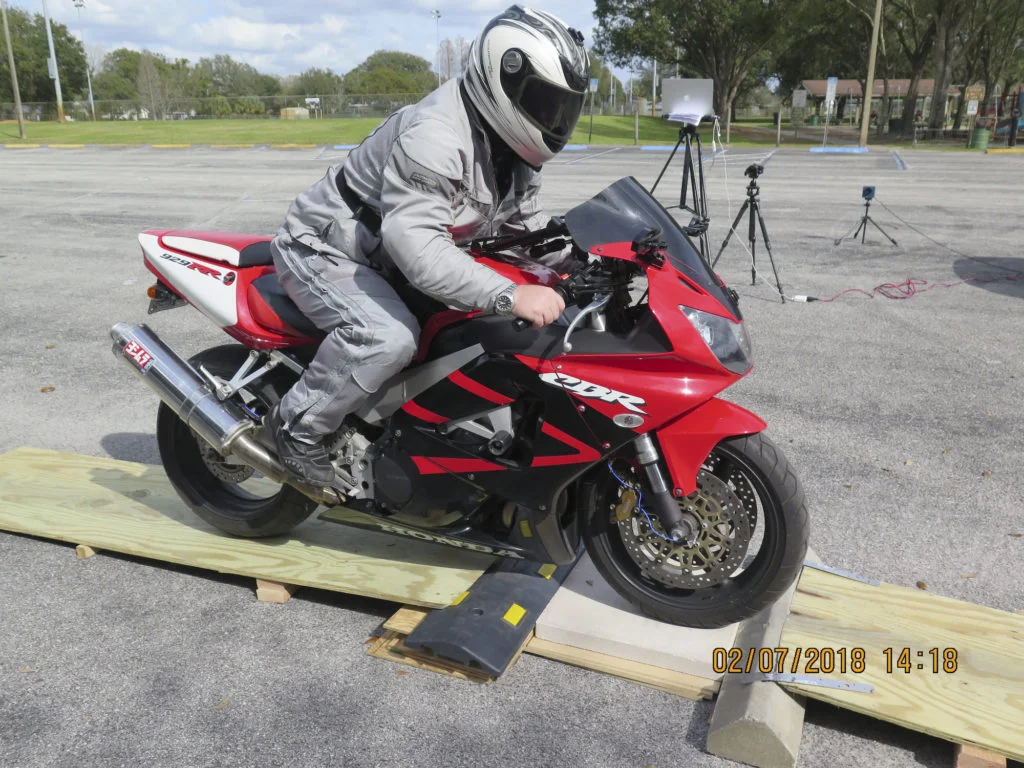
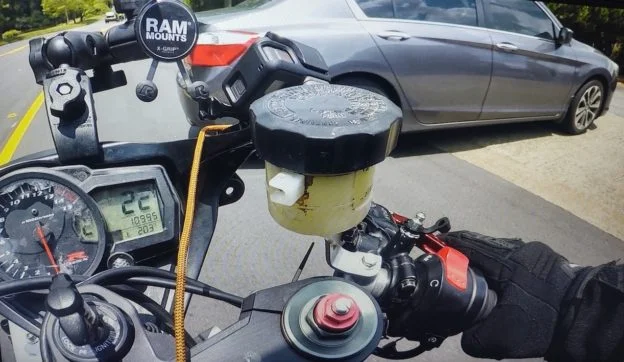
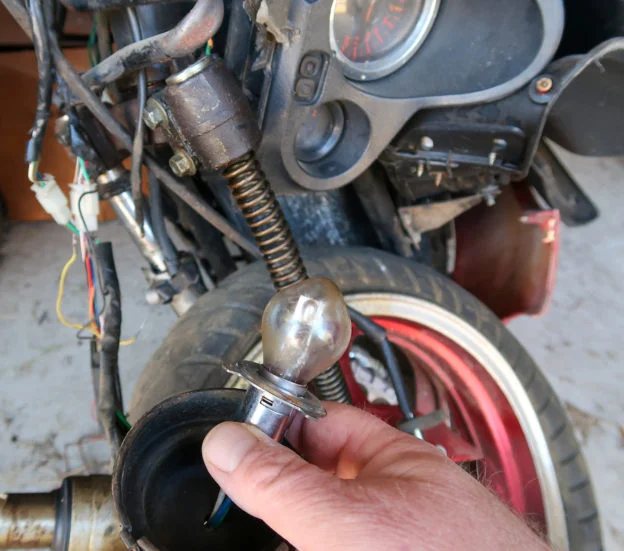
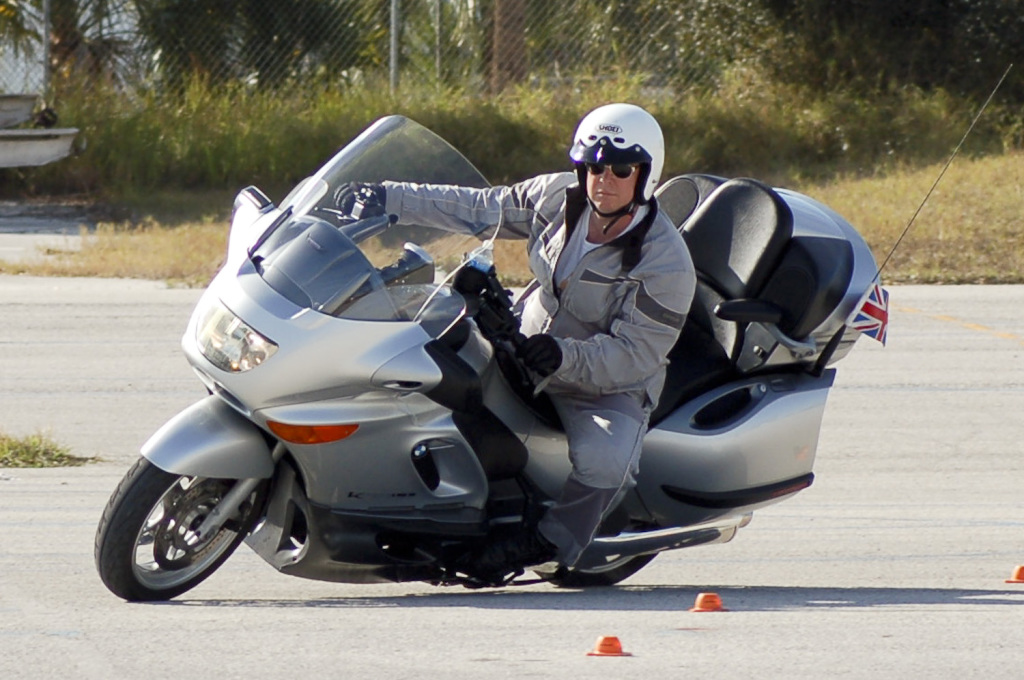 Dr. Lloyd has completed numerous advanced programs, including Motorcycle Safety Foundation (MSF), Experienced Rider Course and Total Rider Tech Advanced training.
Dr. Lloyd has completed numerous advanced programs, including Motorcycle Safety Foundation (MSF), Experienced Rider Course and Total Rider Tech Advanced training.
